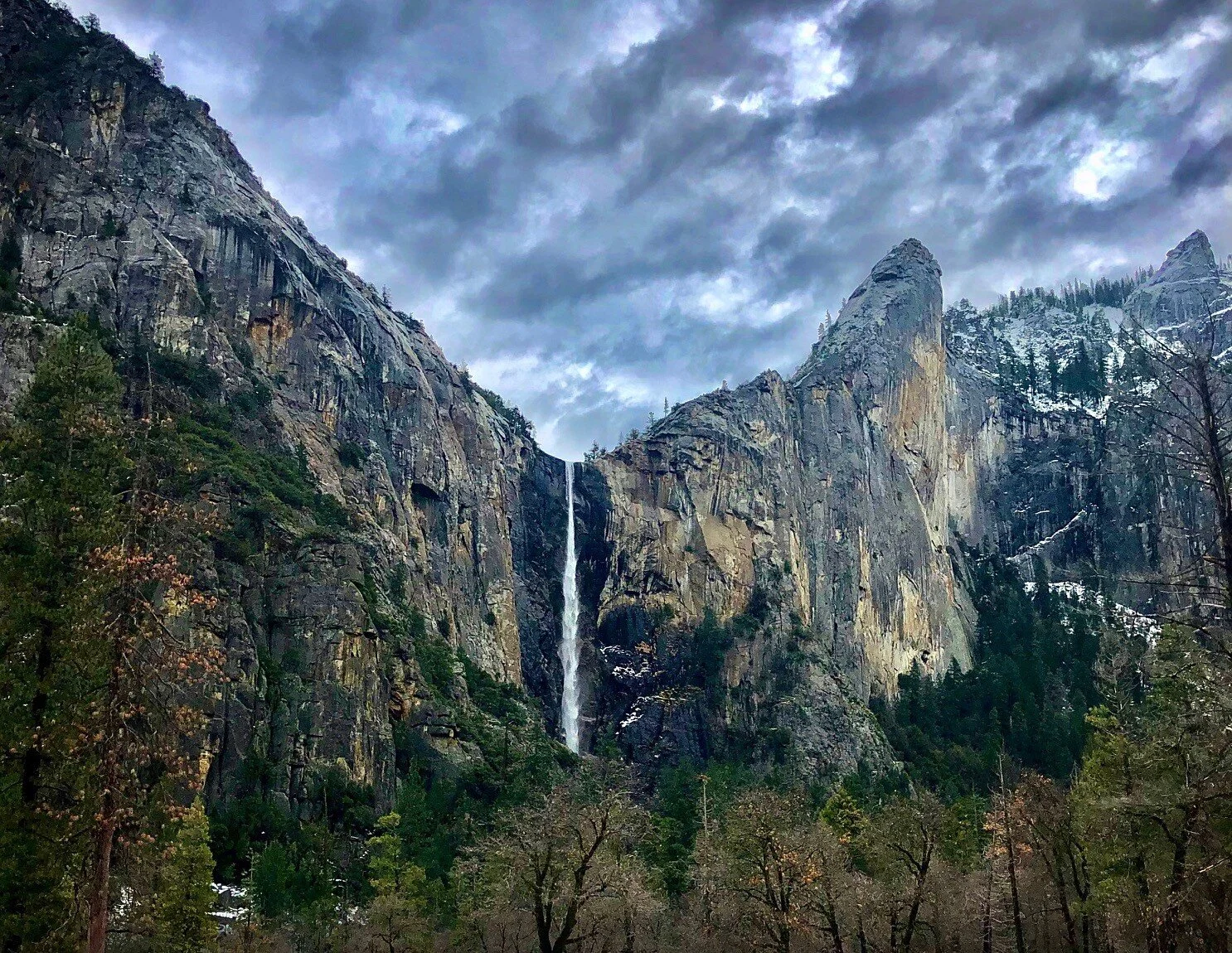The National Park Service Turns 105 Years Old!
Another Milestone for the NPS but How Did it Get Started?
Photo: Yosemite National Park
On August 25, 1916, U.S. President Woodrow Wilson signed the Organic Act which created the National Park Service under the direction of the Secretary of the Interior for purposes of promoting the use of national park lands while still protecting them. Every year since, on August 25th, the country has celebrated this day in history known as “Founder’s Day.” However, the history of the national parks didn’t start there. It started long before.
[Note: This article may contain affiliate links for which I may earn a small commission on qualifying purchases that helps offset costs of running this blog and bringing you content.]
Photo: Kelso Dunes, East Mojave National Preserve
Although the national lands that the NPS manages took billions of years to form, it can be said that Thomas Jefferson was the first to bring awareness to the need for preservation of these sacred areas.
In 1801, when Jefferson took the presidency, there were only 16 states that spanned across less than one-third of the continent. In 1803, in what was known as the Louisiana Purchase, the U.S. purchased 828,000 square miles of land from the French. Of course, most of this land was inhabited by Native Americans so what the U.S. really bought was the “preemptive” right to take land from the natives by treaty or force during what I believe was a very dark time in our history that I am not proud of. However, for now, I will focus on some of the good that came from it.
National Geographic’s Complete National Parks of the United States guide book
The purchase led Jefferson to launch an age of exploration by commissioning an expedition led by Capt. Meriwether Lewis and Lt. William Clark across the country to find out what was really out there.
Photo: Racetrack Playa, Death Valley National Park
The infamous 8,000 mile long journey known as the Lewis & Clark Expedition, or the Corps of Discovery Expedition, took almost three years to complete and they, along with their crew, documented every inch of the way with maps, drawings and journals. They went over the Continental Divide well beyond the boundaries of the Louisiana Purchase all the way to the Pacific Ocean. Tales of their adventures got back to Jefferson and others.
Photo: Arches National Park
They were tales of incredible snow-capped jagged peaks and endless mountain ranges, rushing rivers and crystal clear streams, flower-filled pastures and green rolling hills, prairies of swaying grass in the wind, and flora and fauna never before seen.
The expedition documented natural resources across the country and as more and more area was explored, certain places stood out as being more impressive than most and a desire to protect them arose.
Photo: Yellowstone National Park
On March 1, 1872, President Ulysses S. Grant signed the Yellowstone National Park Protection Act into law and the nation’s first National Park was born. In fact, Yellowstone was the first national park in the world. A truly historic moment that sparked a worldwide movement of setting aside nature preserves.
Photo: Zion National Park
Over the years, more and more parks followed largely due to President Theodore Roosevelt setting aside 230 million acres of land for federal protection, an act that led to him often being referred to as America’s Great Conservationist President and a founder of the national parks.
His efforts along with those of environmentalists like John Muir, often called the Father of the National Parks who lobbied for wilderness preservation throughout the American West, were unprecedented anywhere in the world.
By the time Woodrow Wilson established the National Park Service, there was already over 1 million acres of land set aside for protection and what this did was consolidate the management of all of this land under one federal agency.
Photo: Natural Bridges National Monument
Today, the National Park Service manages 423 national park sites covering over 84 million acres of land across the United States and its territories including national monuments, national parks, national preserves, historic sites and other federal lands. It has served as a model for countries all around the world. The NPS is a uniquely American idea rooted in democracy and the ideology that public lands belong to all of us.
So, let us all celebrate the 105th birthday of this incredible system and our nation’s precious lands, and show gratitude to those who had the forethought to set side these resources for the enjoyment, education and inspiration of us all and for generations to come.
Read More…
Learn More About U.S. National Parks:

Moon USA National Parks: The Complete Guide to All 62 Parks is a great travel guide that covers 62 national parks organized by region with places to hike, scenic drives and things to do as well trail maps, advice and itineraries.
It also includes practical advice on best time to visit, fees, passes, etc. with full color photos.










